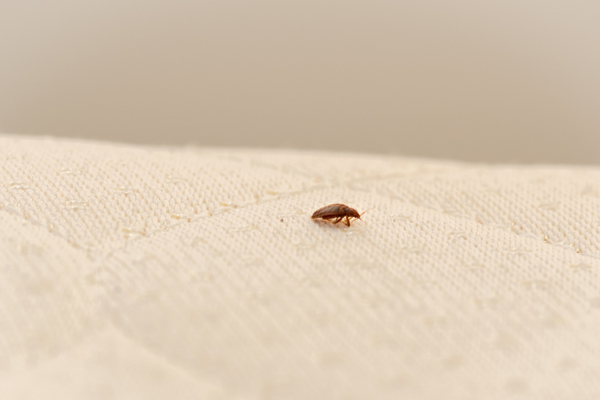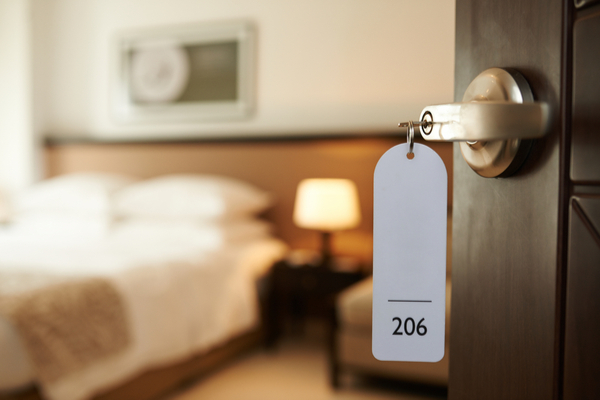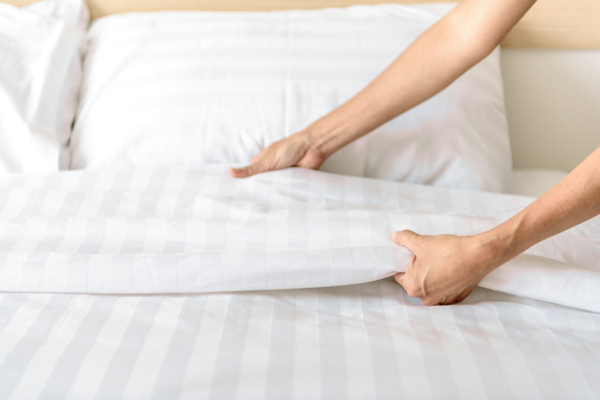Did you know that four Michigan cities (Detroit, Grand Rapids, Lansing, and Flint) ranked among the worst for bed bugs in 2019? It’s safe to say that Michiganders are looking for any type of relief from the potential burden of bed bugs. Traditional bed bug techniques are great, but they don’t work for every situation. That’s where bed bug heat treatments come in.
Bed bug heat treatment is the most effective modern means of treating bed bug infestations of all sizes. It’s fast-acting, all-encompassing, and (most importantly) permanent. This is how bed bug heat treatments work, why they work, and why they’re the best way to solve bed bug infestations today.
What is bed bug heat treatment?
Bed bug heat treatments utilize special equipment to safely heat each target area to a temperature bed bugs can’t withstand. These treatments are commonly done room by room. Bed bugs and their eggs can’t withstand temperatures above 122 degrees Fahrenheit. An average heat treatment raises air temperatures in a room to levels between 135 and 145 degrees Fahrenheit.
The pest management professional conducting the treatment will monitor room temps with help from remote thermostats. This type of treatment can take between six and ten hours depending on a number of factors. These factors include the severity of the infestation, the number of rooms treated, and the layout of the area.
How does bed bug heat treatment work?
There are a few main ways bed bug heat treatments are conducted. The most common way is for a pest management professional to bring in large electric heaters into your home. The heaters turn on and run until they reach 135 and 145 fahrenheit. Experts may also blow hot air into rooms via ductwork or apply localized steam heat.
We use devices to create a sustained high heat environment that bed bugs can’t live in. This method is especially helpful compared to others because it leaves bed bugs with no place to hide. A bed bug heat treatment treats entire rooms, not just portions of it.
Why does bed bug heat treatment work?
The presence of the heat dries out the bodies of the bugs. Sapped of the moisture they need, they quickly expire. Sustaining the heat over the entire area means bed bugs can’t escape it when they attempt to hide.
We’ll set up the heaters and use remote monitors to make sure we reach the bed-bug killing temperature in every area. After achieving the temperature, we’ll sustain it for at least another hour to guarantee effectiveness.
Why is it more effective than other methods?
Bed bug heat treatments are more effective than other stand alone methods because there is room for error. Insecticides can’t cover every inch of a home. K-9 units are trained and effective, but they’re still living creatures, so there’s always room for error. Your best option is to use as many varied treatment options as possible to guarantee your success.
One of the most important things to know about bed bug infestations is that they spread fast. Once they’re established in your home and lay eggs, those eggs start hatching within days. Not long after that they’re reproducing again, turning small infestations big in a matter of weeks.
If you even remotely suspect a bed bug issue in your home or business, contact the team at Griffin Pest Solutions immediately. Our heat treatments can wipe out infestations quickly, completely, and permanently.

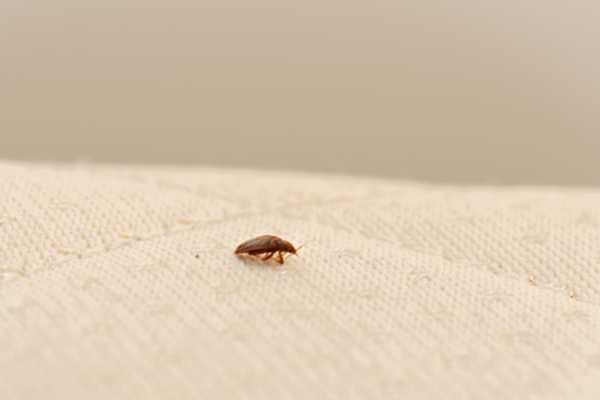
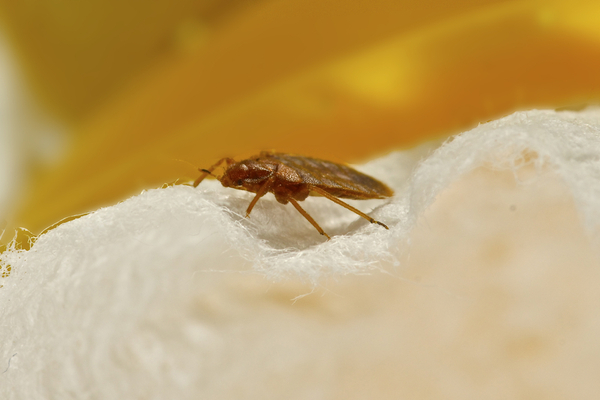
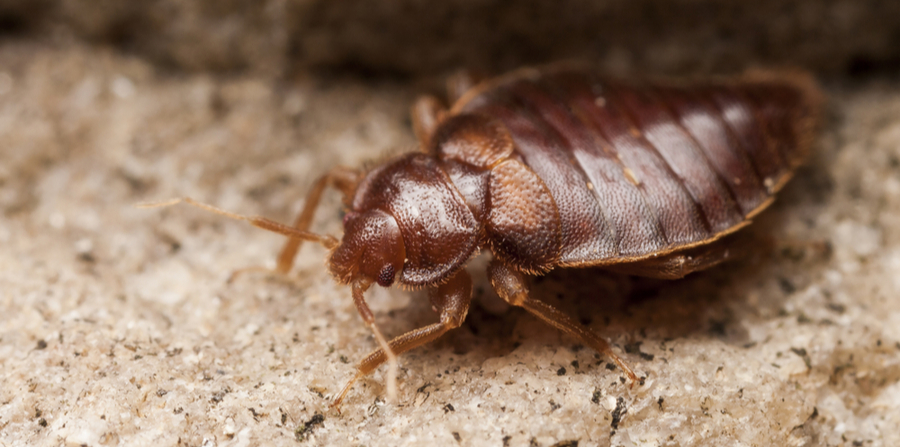
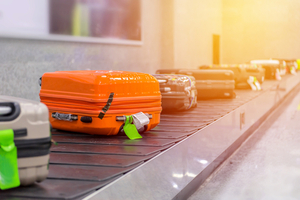 The big question: why are bed bugs more active in summer than other times of year, any way? There are two main reasons:
The big question: why are bed bugs more active in summer than other times of year, any way? There are two main reasons: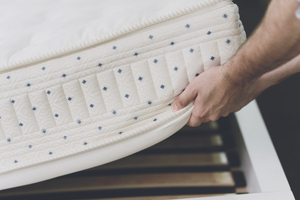 First and foremost, figure out if you already have bed bugs. Strip your bed as bare as possible and check each component thoroughly. Don’t forget about the zippers, folds, and underside. Check around the bed too, in places like the headboard, frame, nightstand, and siding. If you find signs of an infestation, give us a call right away. Repeat the process with every bed in your home. Bed bugs are very small and flat, so we recommend using a flashlight to look for them.
First and foremost, figure out if you already have bed bugs. Strip your bed as bare as possible and check each component thoroughly. Don’t forget about the zippers, folds, and underside. Check around the bed too, in places like the headboard, frame, nightstand, and siding. If you find signs of an infestation, give us a call right away. Repeat the process with every bed in your home. Bed bugs are very small and flat, so we recommend using a flashlight to look for them.
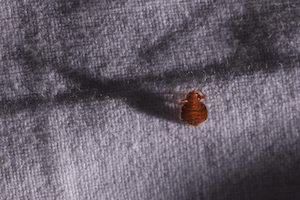 As of 2015,
As of 2015, 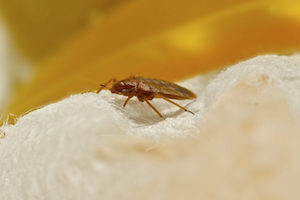 There are a couple theories about why bed bugs are back with a vengeance after their prolonged absence. Most disturbingly, recent studies show that bed bugs have developed
There are a couple theories about why bed bugs are back with a vengeance after their prolonged absence. Most disturbingly, recent studies show that bed bugs have developed  Alright, we’re not going to try to pass the blame onto someone else. The fact of the matter is, bed bugs are everyone’s responsibility. Buuuut… Ok, remember how Detroit was #3 on the list of worst cities for bed bugs? Well, Ohio cities Cleveland and Cincinnati ranked at #1 and #2, respectively. As major urban centers, thousands of people travel between each of these three cities every single day. They bring all their cargo and luggage with them–and often, their bed bugs, too!
Alright, we’re not going to try to pass the blame onto someone else. The fact of the matter is, bed bugs are everyone’s responsibility. Buuuut… Ok, remember how Detroit was #3 on the list of worst cities for bed bugs? Well, Ohio cities Cleveland and Cincinnati ranked at #1 and #2, respectively. As major urban centers, thousands of people travel between each of these three cities every single day. They bring all their cargo and luggage with them–and often, their bed bugs, too!  Bed bugs spread with travelers, so anywhere that sees lots of traffic is going to see more bed bugs. That means places like hotels are more likely to contend with bed bugs. They’re not the only ones, however. Any frequent traveler should be particularly careful about bed bugs, especially if they frequent hotels or travel with bags. This counts for people expecting company, too.
Bed bugs spread with travelers, so anywhere that sees lots of traffic is going to see more bed bugs. That means places like hotels are more likely to contend with bed bugs. They’re not the only ones, however. Any frequent traveler should be particularly careful about bed bugs, especially if they frequent hotels or travel with bags. This counts for people expecting company, too. 